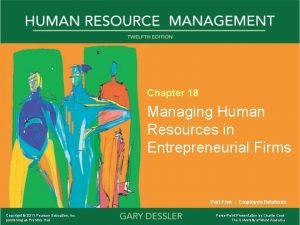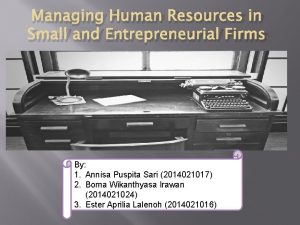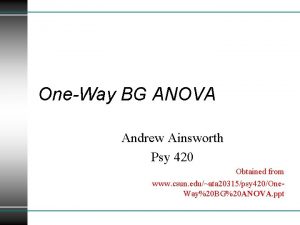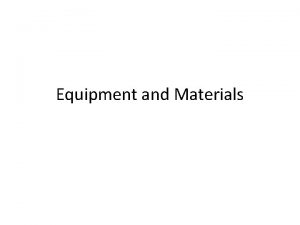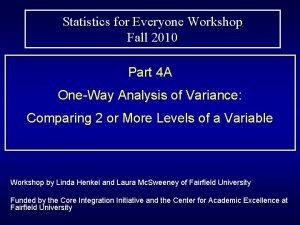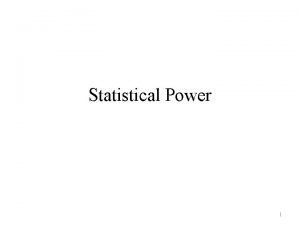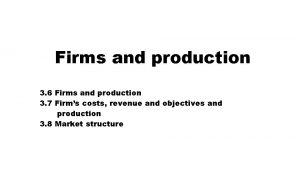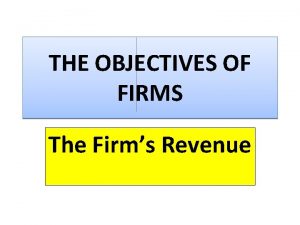Lecture 23 Lecture Review Large and small firms











- Slides: 11

Lecture 23

Lecture Review • Large and small firms export • Exporting is on the rise thanks to the decline in trade barriers under the WTO and regional economic agreements such as the EU and NAFTA Exporting firms need to • identify market opportunities • deal with foreign exchange risk • navigate import and export financing • understand the challenges of doing business in a foreign market

Lecture Review • • • The Promise And Pitfalls Of Exporting Improving Export Performance Question An International Comparison Information Sources Utilizing Export Management Companies

Export Strategy To reduce the risks of exporting, firms should • hire an EMC or export consultant, to help identify opportunities and navigate through the tangled web of paperwork and regulations so often involved in exporting. • focus on one, or a few, markets at first. • enter a foreign market on a fairly small scale in order to reduce the costs of any subsequent failures. • recognize the time and managerial commitment involved. • develop a good relationship with local distributors and customers. • hire locals to help establish a presence in the market. • be proactive. • consider local production

Export And Import Financing • Over time, various mechanisms for financing exports and imports have evolved in response to a problem that can be particularly acute in international trade: the lack of trust that exists when one must put faith in a stranger

Lack Of Trust • Many international transactions are facilitated by a third party (normally a reputable bank). • By including the third party, an element of trust is added to the relationship

Lack Of Trust

Letter Of Credit • A letter of credit is issued by a bank at the request of an importer and states the bank will pay a specified sum of money to a beneficiary, normally the exporter, on presentation of particular, specified documents. • The main advantage of the letter of credit is that both parties to the transaction are likely to trust a reputable bank even if they do not trust each other

Draft • A draft, also called a bill of exchange, is the instrument normally used in international commerce for payment. • A draft is simply an order written by an exporter instructing an importer, or an importer's agent, to pay a specified amount of money at a specified time. • A sight draft is payable on presentation to the drawee while a time draft allows for a delay in payment normally 30, 60, 90, or 120 days

Bill Of Lading • The bill of lading is issued to the exporter by the common carrier transporting the merchandise It serves three purposes: • it is a receipt • it is a contract • it is a document of title

Question A _______ is an order written by an exporter instructing an importer to pay a specified amount of money at a specified time. a) letter of credit b) draft c) bill of lading d) confirmed letter of credit
 Managing human resources in small and entrepreneurial firms
Managing human resources in small and entrepreneurial firms Managing human resources in small and entrepreneurial firms
Managing human resources in small and entrepreneurial firms Managing human resources in small and entrepreneurial firms
Managing human resources in small and entrepreneurial firms Hello
Hello A ball rolling down an incline has its minimum speed
A ball rolling down an incline has its minimum speed Effect size small medium large
Effect size small medium large Main function of small intestine
Main function of small intestine Bandaging material elasticon
Bandaging material elasticon Small vs large scale maps
Small vs large scale maps Effect size f small, medium large
Effect size f small, medium large Medium effect size
Medium effect size Effect size f small, medium large
Effect size f small, medium large

